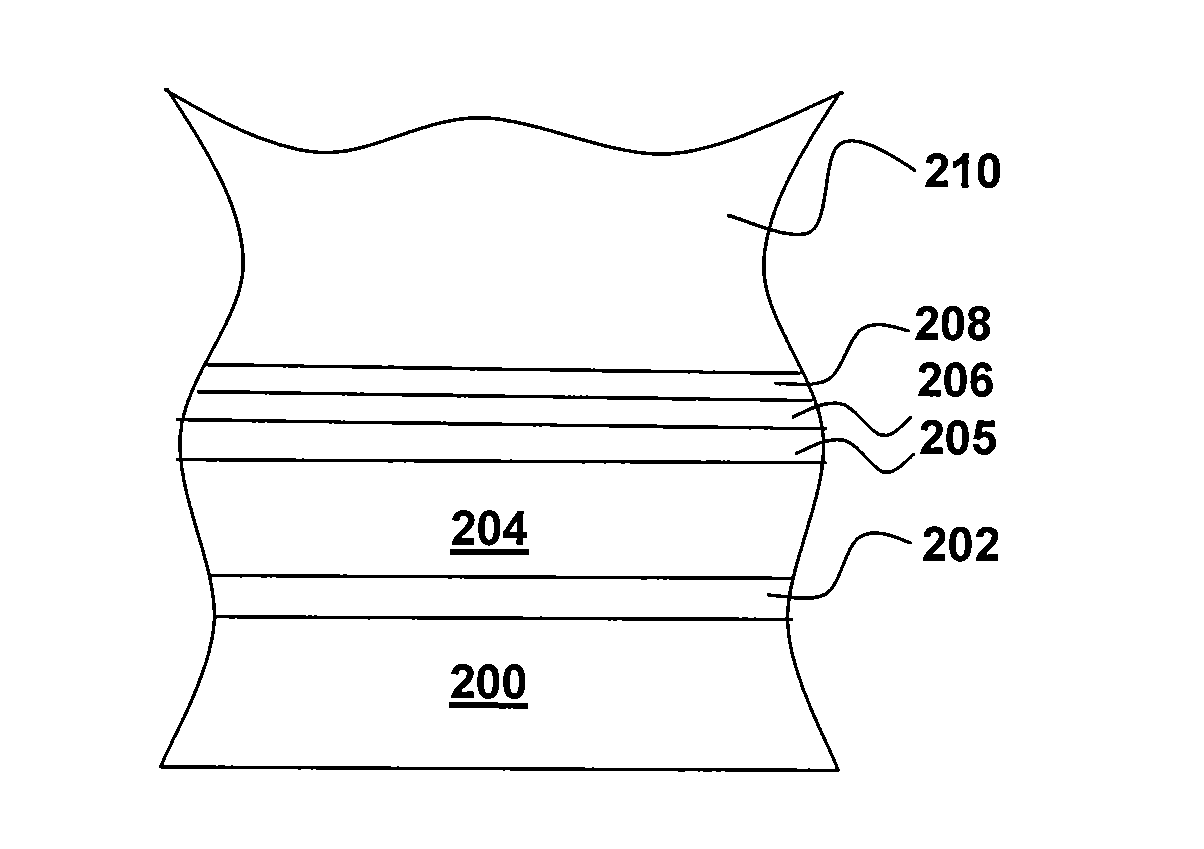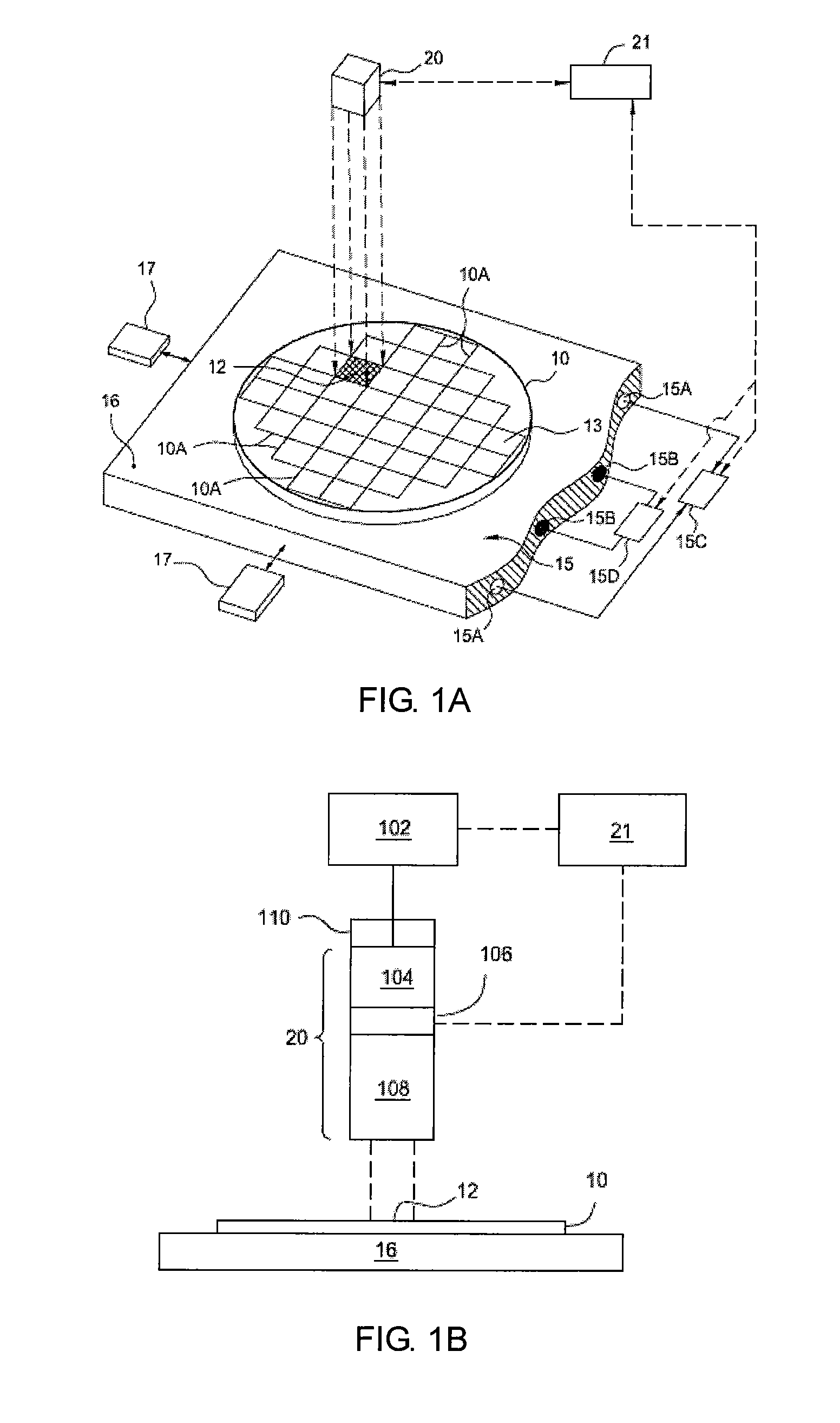Providing group v and group vi over pressure for thermal treatment of compound semiconductor thin films
a technology of compound semiconductor and overpressure, which is applied in the direction of semiconductor devices, electrical appliances, basic electric elements, etc., can solve the problems of increasing growing a low resistivity, and unsatisfactory desired doping profiles, so as to prevent the loss of group v crystallinity, and reduce the cost of ownership
- Summary
- Abstract
- Description
- Claims
- Application Information
AI Technical Summary
Benefits of technology
Problems solved by technology
Method used
Image
Examples
Embodiment Construction
[0019]Embodiments disclosed herein generally provide methods for forming high quality, low resistivity Group III-V or Group II-VI compounds with high concentration of Group V or VI material formed at or near the surface of Group III-V or Group II-VI compounds to help prevent loss of crystallinity of Group V or VI elements at or near the surface at elevated temperatures. The surface morphology and the lattice quality may be improved by use of a capping layer deposited on top of the high concentration of Group V or VI material and additionally an overpressure of Group V or VI material gas provided onto the exposed surface of the substrate during a subsequent annealing process to prevent surface decomposition or other stoichiometric degradation of the crystal near the surface of the Group III-V or II-VI compound layer.
[0020]FIG. 1A illustrates an isometric view of one embodiment of the invention that may be used to benefit the present invention. In one embodiment, an energy source 20 i...
PUM
| Property | Measurement | Unit |
|---|---|---|
| energy | aaaaa | aaaaa |
| wavelength | aaaaa | aaaaa |
| wavelength | aaaaa | aaaaa |
Abstract
Description
Claims
Application Information
 Login to View More
Login to View More - R&D
- Intellectual Property
- Life Sciences
- Materials
- Tech Scout
- Unparalleled Data Quality
- Higher Quality Content
- 60% Fewer Hallucinations
Browse by: Latest US Patents, China's latest patents, Technical Efficacy Thesaurus, Application Domain, Technology Topic, Popular Technical Reports.
© 2025 PatSnap. All rights reserved.Legal|Privacy policy|Modern Slavery Act Transparency Statement|Sitemap|About US| Contact US: help@patsnap.com



